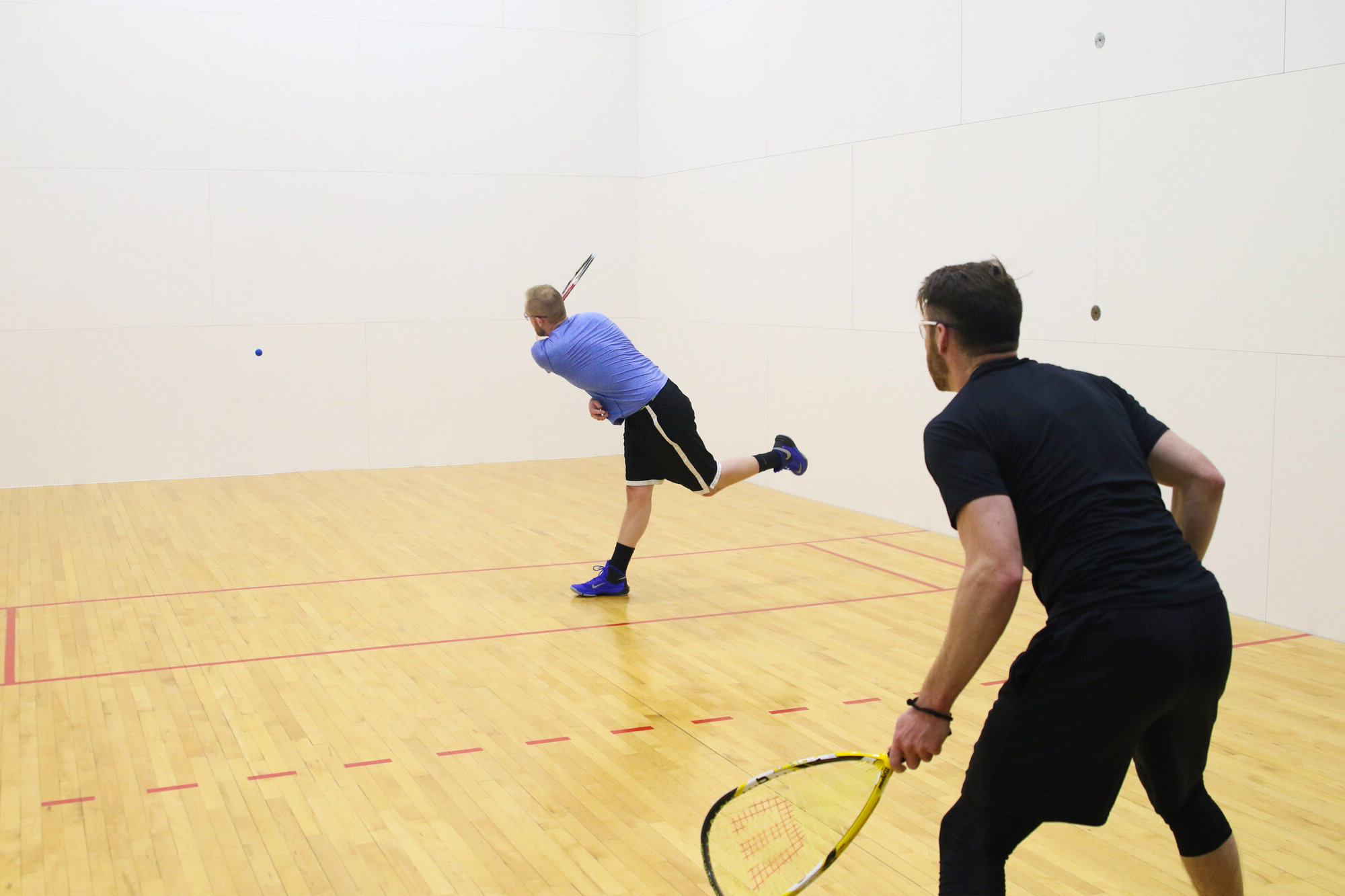
Racquetball is a fast-paced sport that combines elements of tennis, squash, and handball. Played on an indoor court with a hollow rubber ball, it requires agility, quick reflexes, and strategic thinking. Invented in 1950 by Joseph Sobek, this game has grown in popularity worldwide. Whether you're a seasoned player or a curious beginner, understanding the basics and some intriguing facts can enhance your appreciation of the game. From its unique rules to the equipment used, racquetball offers a thrilling experience for all ages. Ready to learn more? Here are 25 fascinating facts about racquetball that will keep you engaged and informed.
Origins of Racquetball
Racquetball has a rich history that many might not know. Here are some fascinating facts about its origins.
-
Racquetball was invented in 1950 by Joseph Sobek, a professional tennis and handball player, who wanted a fast-paced sport that combined elements of both games.
-
The first racquetball court was built in Greenwich, Connecticut, where Sobek worked as a tennis pro.
-
Initially called "paddle rackets," the sport quickly gained popularity and was renamed racquetball in 1969.
-
Racquetball was officially recognized by the International Racquetball Association (IRA) in 1969, which helped standardize rules and promote the sport globally.
Racquetball Equipment
Understanding the gear used in racquetball can enhance your appreciation of the game. Here are some key facts about racquetball equipment.
-
Racquetball racquets are shorter than tennis racquets, typically measuring around 22 inches in length.
-
The racquetball ball is hollow and made of rubber, with a diameter of about 2.25 inches.
-
Protective eyewear is mandatory in racquetball to prevent serious eye injuries from the fast-moving ball.
-
Racquetball gloves are often worn to improve grip and prevent blisters during intense play.
Rules and Gameplay
The rules of racquetball are designed to keep the game fast-paced and exciting. Here are some essential facts about how the game is played.
-
Racquetball can be played as singles (one-on-one) or doubles (two-on-two).
-
The objective is to win rallies by making the ball bounce twice before the opponent can return it.
-
A standard racquetball court measures 40 feet long, 20 feet wide, and 20 feet high, with walls, floor, and ceiling all in play.
-
The serve is crucial in racquetball, with players aiming to hit the ball into the front wall so it rebounds in a way that's difficult for the opponent to return.
-
Games are typically played to 15 points, and a match is usually best two out of three games.
Racquetball Around the World
Racquetball isn't just popular in the United States; it's played worldwide. Here are some interesting facts about its global reach.
-
Racquetball is particularly popular in countries like Mexico, Canada, and Bolivia.
-
The International Racquetball Federation (IRF) governs the sport globally, organizing world championships and other international competitions.
-
Racquetball was included in the Pan American Games for the first time in 1995, showcasing its growing international appeal.
-
The sport has a strong presence in Europe, with countries like Germany and Spain having active racquetball communities.
Health Benefits of Racquetball
Playing racquetball offers numerous health benefits. Here are some facts about how the sport can improve your well-being.
-
Racquetball is an excellent cardiovascular workout, helping to improve heart health and endurance.
-
The sport enhances hand-eye coordination and reflexes due to the fast pace and quick reactions required.
-
Playing racquetball can burn up to 800 calories per hour, making it an effective way to maintain a healthy weight.
-
Racquetball helps build muscle strength, particularly in the legs, arms, and core, due to the constant movement and powerful swings.
Famous Racquetball Players
Some players have made a significant impact on the sport. Here are a few notable racquetball athletes.
-
Kane Waselenchuk, a Canadian player, is considered one of the greatest racquetball players of all time, with numerous world titles to his name.
-
Paola Longoria, from Mexico, has dominated women's racquetball, winning multiple world championships and Pan American Games gold medals.
-
Cliff Swain, an American player, was a dominant force in the 1990s, known for his powerful serve and aggressive playstyle.
-
Sudsy Monchik, another American, brought a charismatic flair to the sport, winning several national and international titles during his career.
Racquetball's Fascinating World
Racquetball offers a mix of intense competition and fun exercise. From its origins in the 1950s to its global popularity today, the sport has evolved significantly. Knowing the rules, equipment, and strategies can enhance your game and appreciation for racquetball. Whether you're a beginner or a seasoned player, there's always something new to learn. The health benefits alone make it worth trying. Plus, it's a great way to meet new people and stay active. So, grab a racquet, find a court, and dive into this exciting sport. You'll be hooked before you know it.
Was this page helpful?
Our commitment to delivering trustworthy and engaging content is at the heart of what we do. Each fact on our site is contributed by real users like you, bringing a wealth of diverse insights and information. To ensure the highest standards of accuracy and reliability, our dedicated editors meticulously review each submission. This process guarantees that the facts we share are not only fascinating but also credible. Trust in our commitment to quality and authenticity as you explore and learn with us.


